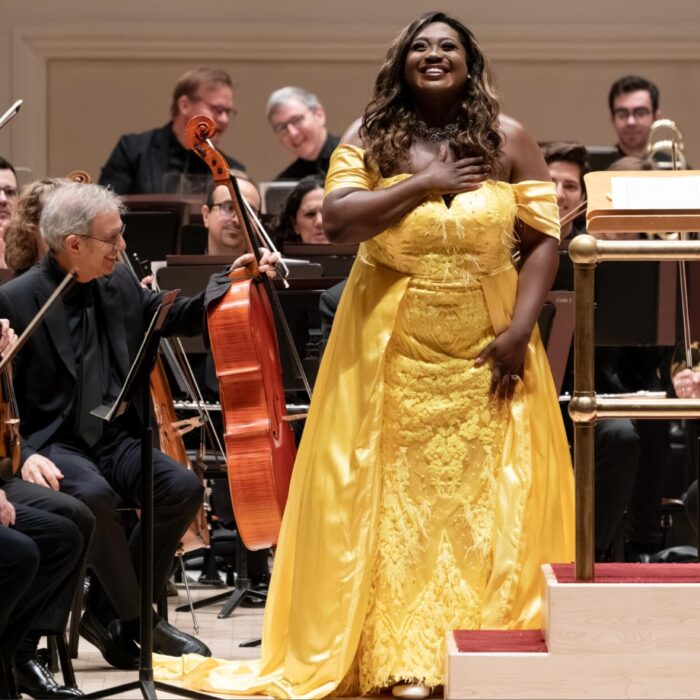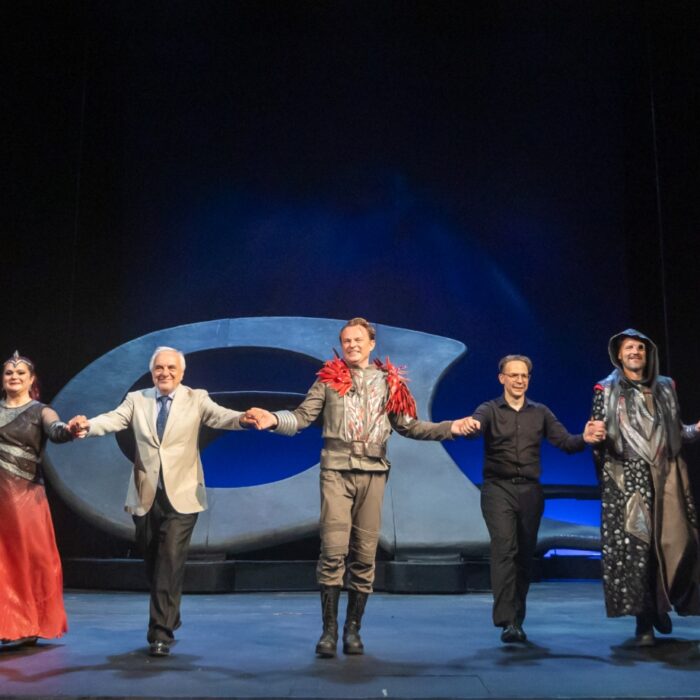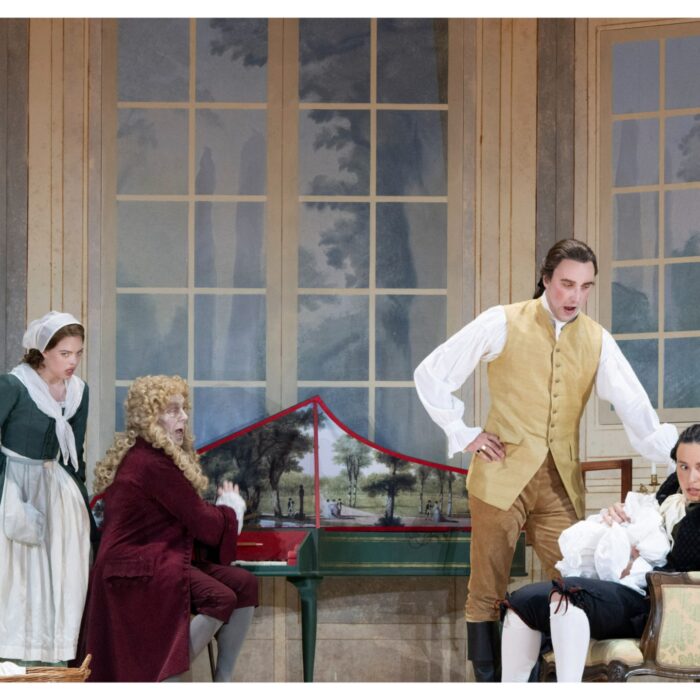
Händel Festspiele Halle 2025 Review: La Santissima Annunziata
Soprano Roberta Invernizzi & Stellar Cast Give Incredible Performances in Historically Relevant Production
By Mengguang Huang(Photo: Thomas Ziegler)
Among the lesser-known gems presented at this year’s Halle Handel Festival, Alessandro Scarlatti’s “La Santissima Annunziata” stood out for its spiritual focus and musical refinement. Composed around 1700/1703 and revived in 1708 under the patronage of Prince Ruspoli, this early Roman oratorio—with a libretto attributed to Cardinal Pietro Ottoboni—offers a deeply meditative take on the Annunciation. Unlike Handel’s youthful “La Resurrezione,” premiered just weeks earlier in Rome, Scarlatti’s work eschews theatrical spectacle in favor of introspective dialogue and theological reflection.
This performance, led by Fabio Biondi with his ensemble Europa Galante, took place in the vast Gothic space of Halle’s Dom. It also marked a kind of artistic homecoming: the group has returned to “La Santissima Annunziata” multiple times over the past two decades, and soprano Roberta Invernizzi’s portrayal of the Virgin Mary has matured into a career-defining role.
The libretto unfolds as a dialogue between Mary, the Angel Gabriel, and three allegorical characters—Virginity, Humility, and Suspicion. While the first part traces Mary’s initial doubts and spiritual struggle, the second pivots toward the Passion: Gabriel foreshadows Christ’s betrayal, and Mary begins to contemplate her future sorrow beneath the Cross. It is a stark and emotionally charged turn, culminating in one of the oratorio’s most affecting moments.
Roberta Invernizzi brought vocal authority and expressive precision to the role of Mary. Her recitatives were tour de force, shaped with natural inflection and rhythmic subtlety, full of rhetorical power. In the aria “Combattuti miei pensieri,” she charted Mary’s inner storm with biting diction and coiled energy, rising quickly from hesitation to resolve. The line surged and withdrew like thoughts in conflict. In contrast, the final transcendent aria, “Siesa a’ pie’ del tronco amaro,” unfolded in slow, almost chant-like steps, supported by a gently descending chromatic line in the strings. Invernizzi avoided overt sentimentality, instead allowing the voice to narrow and darken in natural pace. Her delivery of the last few lines emerged not as comfort but as a hard-won act of faith.
Andreina Drago sang Gabriel with a bright, finely grained soprano—lucid and angelic without ever turning brittle. Her arias were delivered with poise, and her dialogues with Invernizzi were shaped with both intimacy and dramatic focus. The allegorical trio—Marina de Liso (Humility), Paola Valentina Molinari (Virginity), and Jorge Navarro Colorado (Suspicion)—formed a balanced and vividly drawn ensemble. De Liso’s mellow mezzo-soprano conveyed depth and calm; Molinari’s soprano had clarity and restraint; Navarro Colorado’s focused tenor added edge and urgency. Rather than static virtues, they embodied Mary’s interior world, each voice representing shifting psychological states.
Scarlatti’s instrumental writing in “La Santissima Annunziata” is purely for strings, and often recalls the graceful architecture and rhetorical elegance of Corelli—unsurprising, given their shared Roman context. Yet Biondi’s reading foregrounded Scarlatti’s own musical language: well-thought, supple, and spiritually probing. Europa Galante responded with chamber-like cohesion and articulation. The continuo group provided a richly hued foundation, especially in arias accompanied solely by them. These were punctuated by short string ritornellos, which kept the musical pacing varied and buoyant. In larger ensemble tutti, the players moved with elastic precision, capable of casting sudden bursts of energy.
In this tricentenary year of Scarlatti’s death, the performance was a model of stylistic insight and dramatic integrity. Just as importantly, it served as an illuminating complement to this year’s festival focus on the young Handel. If “La Resurrezione” showed Handel at his most brilliant and theatrical, “La Santissima Annunziata” revealed another facet of early eighteenth-century Roman oratorio: contemplative, austere, and deeply human. One must commend the festival’s curators for their insight—this was a rare performance of exceptional quality and historical relevance.



